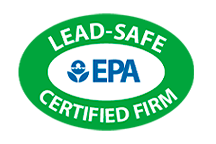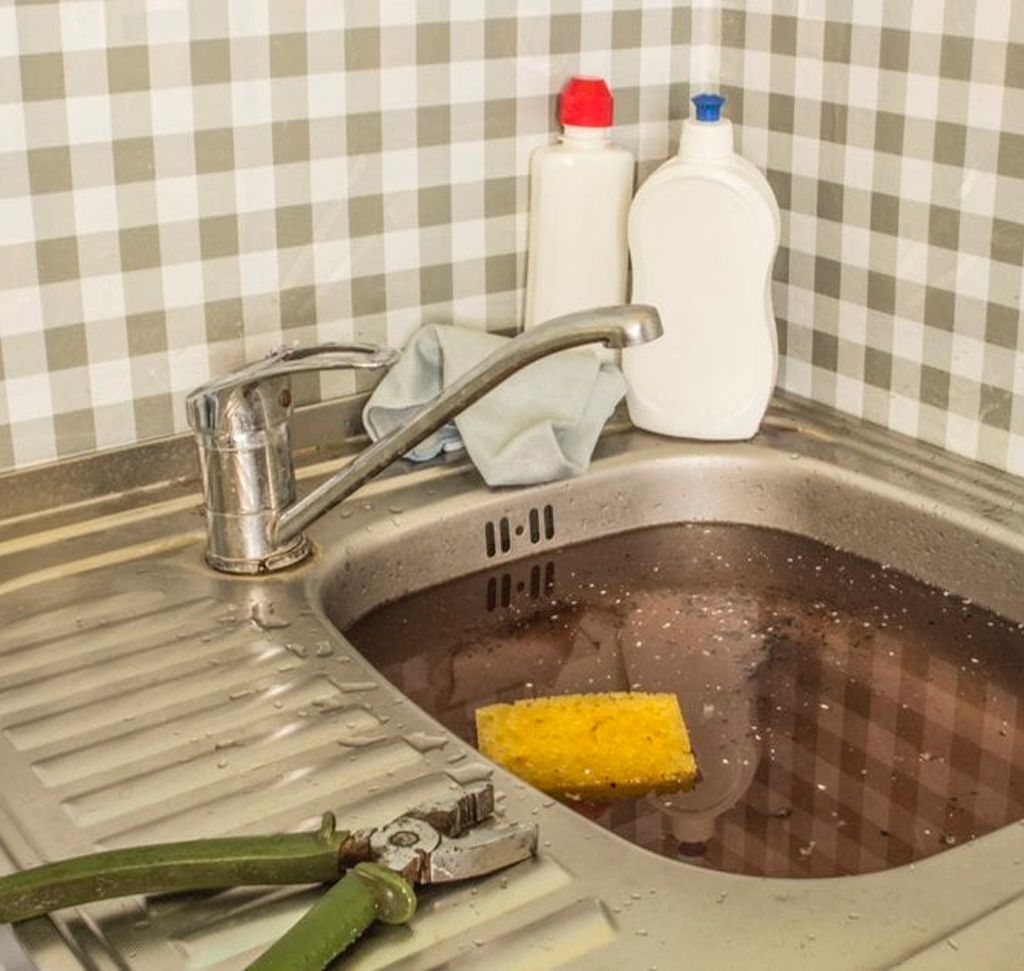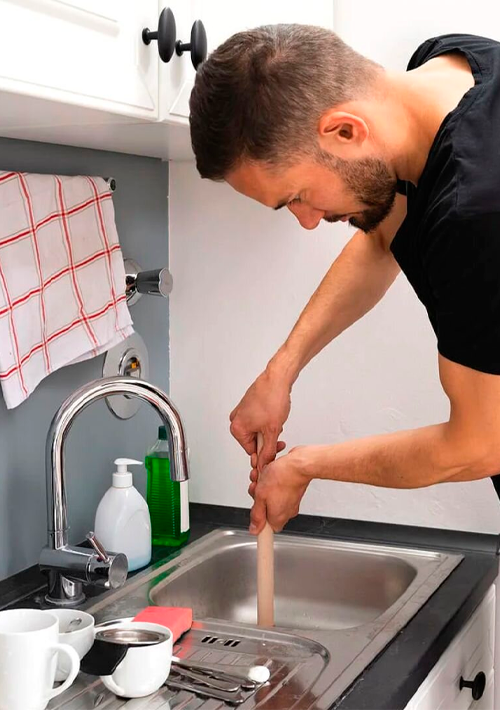Identify The Source Of The Clog
The first step in clearing a clogged kitchen sink is to identify the source of the clog. By examining the sink’s drain pipes, you can often tell where the clog is located. If you cannot locate the clog visually, try running a sink auger down the drain to locate the obstruction. Once the clog is identified, you can then work to remove it.
Use A Plunger To Attempt To Clear The Clog
If the clog is in the kitchen sink, you can try to clear it with a plunger. Start by running some hot water down the drain to warm up the pipes and help the plunger work effectively. Once the water has had a chance to run, place the plunger over the drain and pump it vigorously. This should help to loosen any debris that is blocking the drain. If the clog is cleared up after a few pumps of the plunger, then you are all set. If the clog persists, you may need to try another method.











